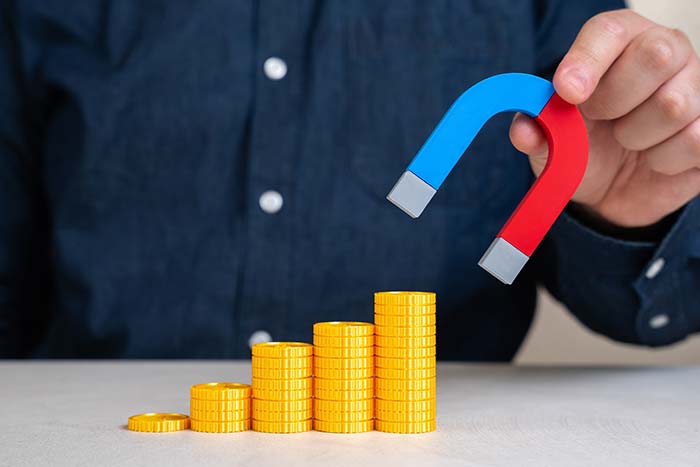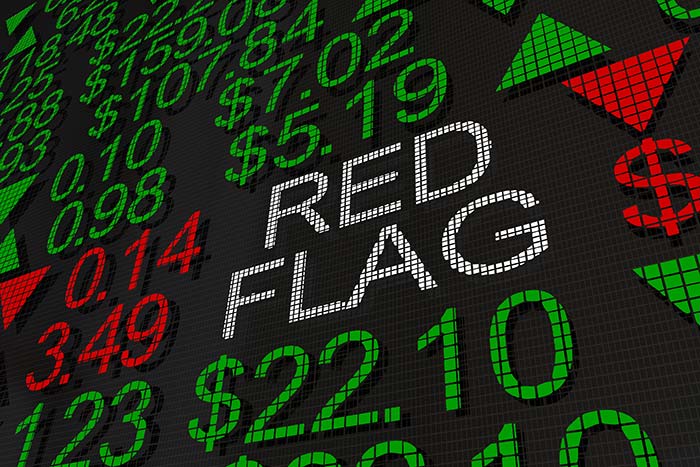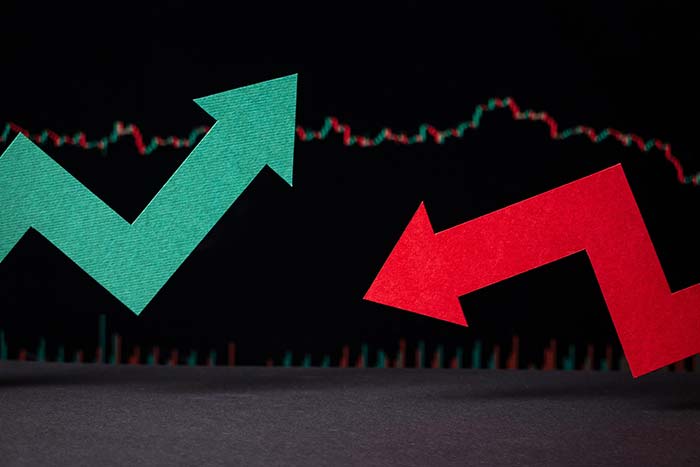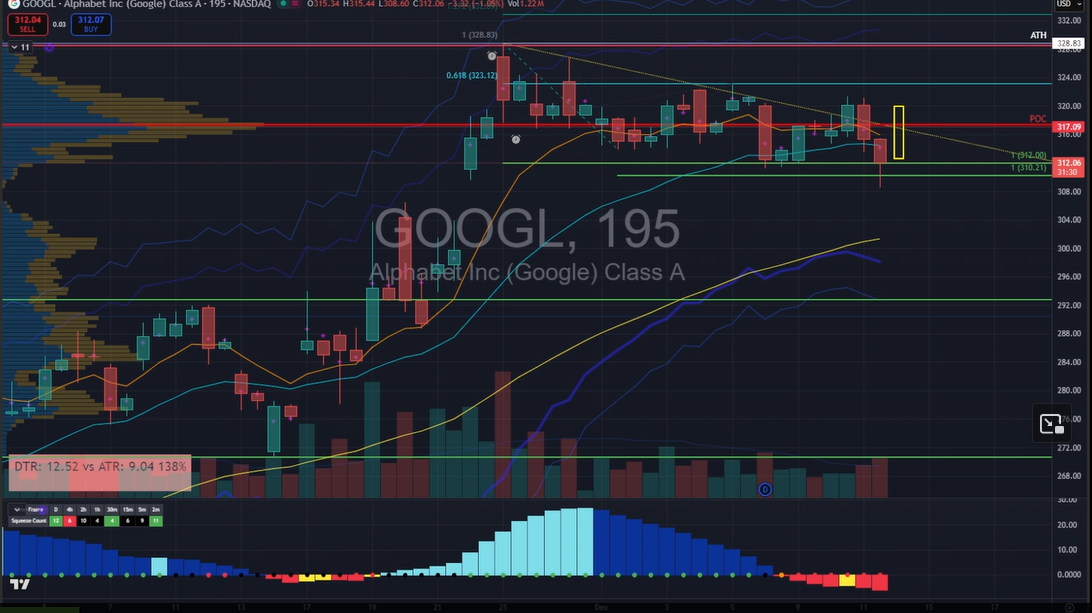A Potential Lucrative Gold Play
This week I went to Boca Raton for a conference my close friend Rick Rule was putting on.
For those who don’t know, Rick is the most connected person in the natural resource sector, and he was presenting alongside some of the top mining company CEOs in the world.
I went to this event so I could meet with Rick in person and glean more insight into this sector, which I believe is in the midst of a multi-year bull market.
In terms of what the CEO’s talked about… gold was the major focus, and rightly so. It’s a logical haven during geopolitical turmoil and higher inflation.
However, silver may be a play to consider as well. That’s because silver tends to follow the price of gold, and the two together combine for what’s known as the gold-silver ratio.
What the Gold-Silver Ratio is
The gold-silver ratio is a measure of the relative value of gold and silver. It is calculated by dividing the current price of gold by the current price of silver. This ratio indicates how many ounces of silver are equivalent in value to one ounce of gold.
History of the formula
Historically, the gold-silver ratio has varied widely. In ancient times, the ratio was often set by governments at a fixed rate (e.g., 15:1 or 16:1). In modern times, it fluctuates based on market supply and demand dynamics.
Factors that play into market sentiment
The gold-silver ratio can reflect market sentiment and investor behavior.
For example, a rising ratio typically indicates that gold is outperforming silver, suggesting greater demand for gold, which is often considered a safer investment.
Conversely, a falling ratio suggests silver is performing better. The ratio can be influenced by various economic factors, including inflation, interest rates, and economic uncertainty.
During periods of economic stability, silver might perform well due to its industrial uses, potentially lowering the ratio. During economic crises, however, gold might outperform silver due to its status as a safe haven asset, raising the ratio.
How investors trade it
Some investors use the gold-silver ratio as a basis for trading strategies. For example, if the ratio is historically high, they might buy silver and sell gold, betting that the ratio will revert to its mean. Conversely, if the ratio is low, they might buy gold and sell silver.
Calculating the Gold-Silver Ratio:
To calculate the gold-silver ratio, you simply divide the price of gold by the price of silver. For example, if the price of gold is $2,400 per ounce as it is today and the price of silver is $30 per ounce then the current ratio is: Gold-Silver Ratio $2400/$30 or $80.
Historically the ratio during a bull market for silver has been closer to 30 to 40. This implies that silver prices have a huge potential upside.
Understanding the gold-silver ratio can provide valuable insights into the relative performance and market dynamics of these two precious metals, helping investors make more informed decisions in their investment strategies.
![]()
YOUR ACTION PLAN
I recently met with the CEO of a smaller gold company where I learned about some very significant catalysts coming. I don’t say this lightly – but I think this could be one of the best investments out there right now. I talked about this play in Catalyst Cash-Outs earlier this week, and I’ll be letting members know the exact company once I complete my research.
More from Trade of the Day
What’s an Investment Idea Worth?
Dec 18, 2025
The Partnership Built on Useful Disagreement
Dec 17, 2025
Why Santa Could Bring the Bulls Soon
Dec 16, 2025



























